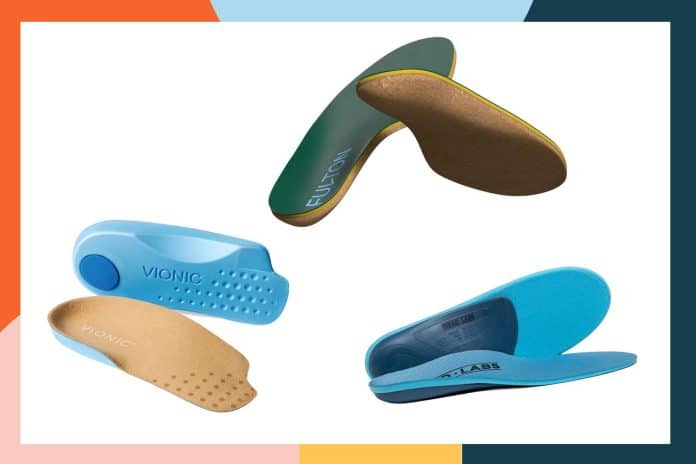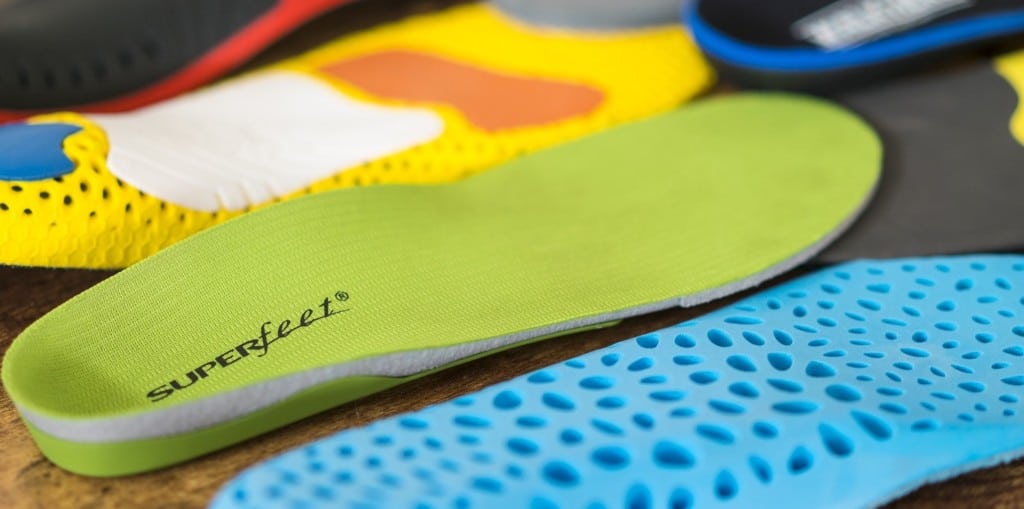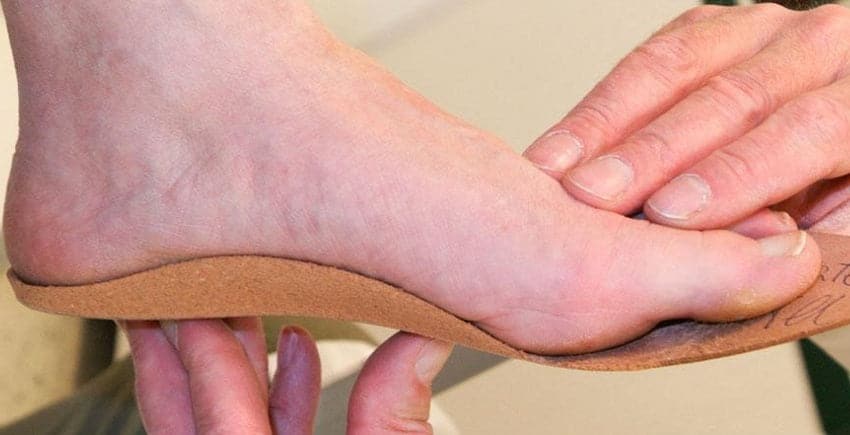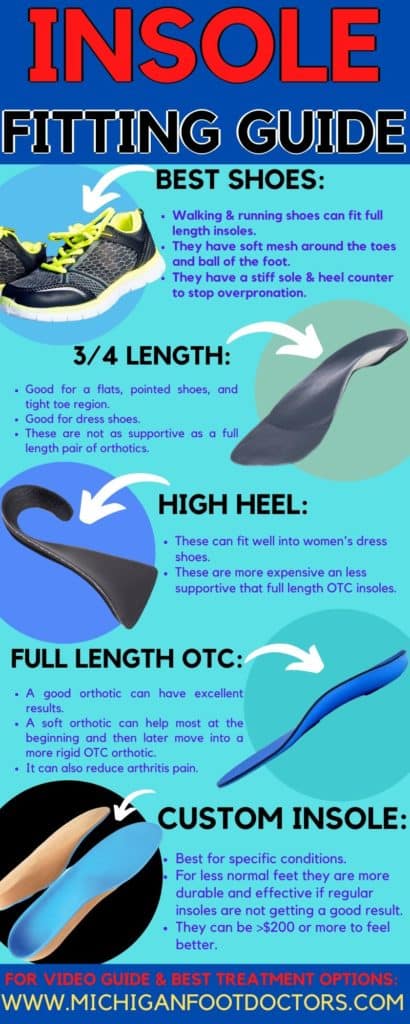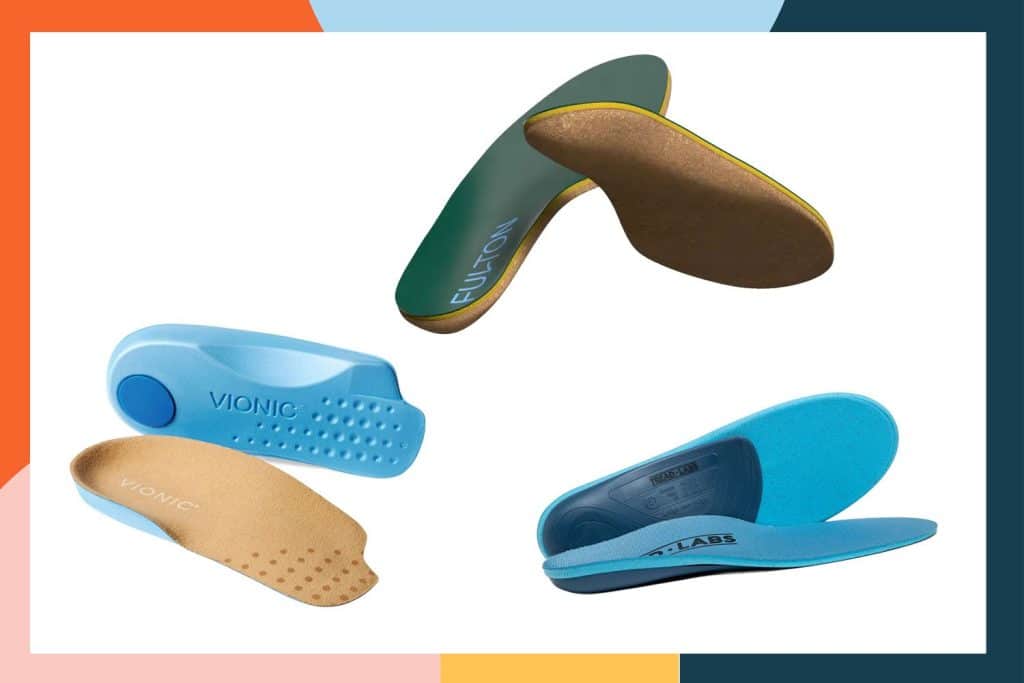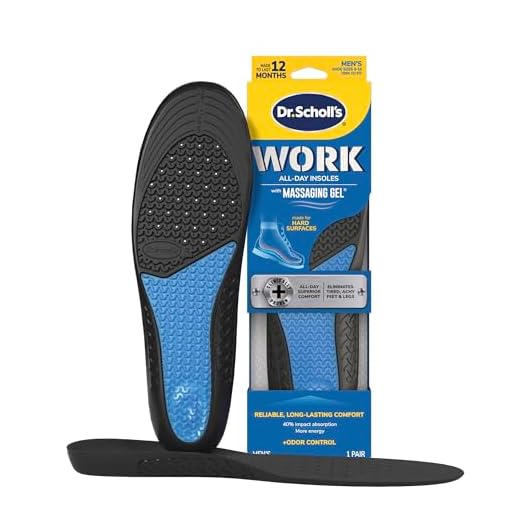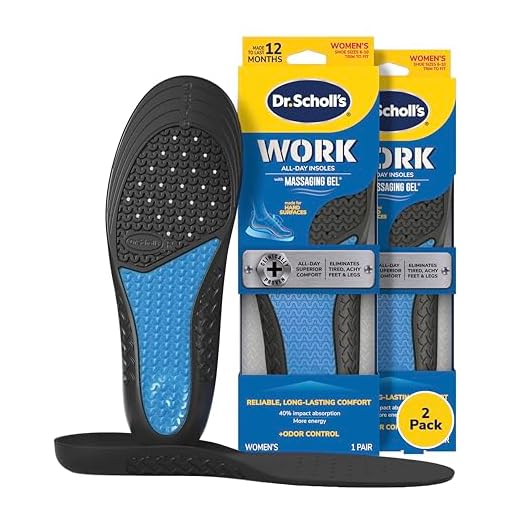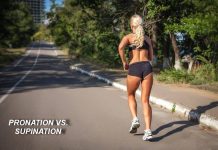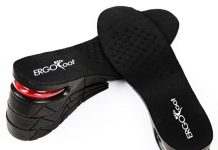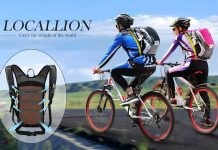If you’ve ever experienced foot pain or discomfort, you may have wondered if investing in expensive insoles is worth it.
Are they genuinely superior to their cheaper counterparts?
In this article, we explore the age-old question of whether expensive insoles are better and help you make an informed decision about your footwear needs.
Types of insoles
Custom-made insoles
Custom-made insoles are specially tailored to your feet’ unique shape and structure. These insoles are typically crafted by professionals such as podiatrists and orthopedic specialists who take precise measurements and molds of your feet.
They are designed to address specific foot problems and provide individualized support and comfort.
Over-the-counter insoles
Over-the-counter insoles, or off-the-shelf insoles, can be purchased without a prescription and are readily available in drugstores, supermarkets, and online.
These insoles are designed to provide general support and cushioning for a wide range of foot types and conditions. They come in various sizes and styles and can be easily inserted into most types of footwear.
The purpose of insoles
Arch support
One of the primary purposes of insoles is to provide arch support. The arches of your feet absorb shock and stress during everyday activities such as walking, running, and standing.
Insoles with arch support help to distribute the weight evenly across the entire foot, reducing strain on the arches and preventing conditions such as plantar fasciitis and flat feet.
Shock absorption
Insoles play a crucial role in shock absorption. They help to cushion the impact of each step and reduce the strain on the joints, muscles, and ligaments of the feet.
This is especially important for athletes and individuals who engage in high-impact activities such as running or jumping. Shock-absorbing insoles can help prevent injuries such as stress fractures and shin splints.
Foot alignment
Proper foot alignment is essential for maintaining overall body alignment. Insoles can help align the feet, ankles, and lower limbs, reducing excessive pronation or supination.
Pronation refers to the inward rolling of the foot, while supination refers to the outward rolling. Insoles that promote proper foot alignment can alleviate pain and discomfort in the feet, ankles, knees, and hips.
Pressure distribution
Insoles are designed to distribute pressure evenly across the entire foot. This can help alleviate hot spots, reduce the risk of blisters and calluses, and prevent the development of pressure-related foot conditions.
By ensuring proper pressure distribution, insoles can enhance overall foot comfort and reduce the likelihood of foot fatigue.
Cushioning
Cushioning is an essential aspect of insoles, especially for individuals who spend long periods on their feet or are prone to foot pain. Insoles with adequate cushioning provide an extra layer of padding that absorbs shock, reduces pressure points, and enhances overall foot comfort.
They can make a significant difference in relieving foot pain and improving your overall walking and standing experience.
Factors to consider when buying insoles
Foot type
When selecting insoles, it’s essential to consider your foot type. There are three main foot arch types: high arches, neutral arches, and flat feet.
High arches may require insoles with extra arch support, neutral arches may benefit from moderate support, and flat feet may require strong arch support and pronation control. Understanding your foot type will help you choose the most suitable insoles for your individual needs.
Foot condition
If you have specific foot conditions or problems, such as plantar fasciitis, bunions, or heel spurs, choosing insoles that address those issues is crucial.
Specific insoles are designed to provide targeted support and relief for various foot conditions. Consulting with a healthcare professional or a podiatrist can help you determine the most appropriate insoles for your specific foot condition.
Shoe type
Consider the type of shoes you plan to use the insoles with. Some insoles are designed for specific shoe types, such as athletic shoes, dress shoes, or work boots.
It’s essential to choose insoles that fit properly within your chosen footwear and do not create discomfort or alter the fit of the shoes. Choosing insoles compatible with your preferred shoe type will ensure optimal performance and comfort.
Activity level
Your activity level is an essential factor to consider when selecting insoles. Different activities place different demands on your feet; particular insoles may be better suited for specific activities.
For example, athletes engaged in high-impact sports may benefit from insoles with enhanced shock absorption. At the same time, individuals who spend long hours on their feet may require extra cushioning and support. Assess your activity level and choose insoles that can accommodate your specific needs.
Budget
Budget is another significant factor to consider when buying insoles. While expensive insoles may offer advanced features and premium materials, they may not always be necessary or affordable for everyone.
There are cost-effective alternatives available that can provide adequate support and comfort at a more affordable price point. Finding a balance between your budget and the features and benefits you expect from insoles is essential.
Expensive insoles vs. inexpensive insoles
Materials used
Expensive insoles often utilize high-quality materials that offer superior support, durability, and comfort. These materials may include advanced foams, gels, or custom-molded materials that enhance shock absorption and cushioning.
In contrast, inexpensive insoles may use more basic materials that may not offer the same level of comfort or durability.
Design and construction
Expensive insoles are designed and constructed with more attention to detail and precision. They often feature advanced biomechanical designs that provide targeted support and alignment. Inexpensive insoles, while still providing a certain level of comfort and support, may lack the same level of refinement in design and construction.
Durability
Expensive insoles tend to be more durable than their inexpensive counterparts. They are built to withstand the rigors of daily wear and resist wear and tear over time. Inexpensive insoles may wear out quickly and must be replaced frequently, especially with regular use.
Effectiveness
Expensive insoles often offer a higher level of effectiveness in providing support, alignment, and cushioning. They are typically designed to address specific foot conditions or problems and can offer targeted relief. Inexpensive insoles may provide essential support and comfort but may not offer the same tailored benefits as their more expensive counterparts.
Long-term benefits
Investing in expensive insoles can provide long-term benefits for foot health and overall well-being.
They may help improve foot function, reduce pain and discomfort, and prevent the development of foot-related conditions. Inexpensive insoles may offer temporary relief but not the same long-lasting benefits as more expensive options.
User reviews and feedback
User reviews and feedback can be helpful indicators of the effectiveness and quality of expensive and inexpensive insoles. However, it’s essential to consider that individual experiences and preferences vary.
Expensive insoles may receive highly positive reviews due to their advanced features and materials, while inexpensive insoles may also receive positive reviews for their affordability and basic functionality.
Factors that may contribute to higher prices
Research and development costs
The research and development process of creating advanced insoles can increase prices. Developing innovative features, materials, and designs requires investment in research, testing, and expertise. These costs are often reflected in the price of the final product.
Quality control standards
Expensive insoles are often subject to rigorous quality control standards to ensure that they meet the highest performance and durability standards. This involves additional testing, inspections, and certifications, all of which contribute to the overall cost of production.
Specialized features
Expensive insoles may incorporate specialized features like custom-molded materials, pressure-sensitive sensors, or heat-moldable technology. These features offer enhanced customization and targeted support, but they also come at a higher cost due to the specialized manufacturing processes and materials required.
Brand reputation
Well-known brands with a strong reputation for producing high-quality insoles may command higher prices based on consumer confidence and brand loyalty. Consumers are often willing to pay a premium for products from reputable brands that have established themselves as leaders in the industry.
Marketing and advertising
Marketing and advertising campaigns promoting the benefits and features of expensive insoles can also influence their price. The cost of marketing materials, advertisements, and endorsements is often factored into the retail price of the insoles.
Benefits of expensive insoles
Customization and individual fit
Expensive insoles often provide a higher degree of customization and individual fit. Custom-made insoles, in particular, are tailored to your feet’ specific contours and alignment, providing optimal support and comfort. This level of customization can help address unique foot conditions and provide a personalized solution that cannot be achieved with off-the-shelf insoles.
Premium materials and technology
Expensive insoles often utilize premium materials and advanced technologies that offer superior comfort, support, and durability. These materials may include memory foams, advanced gels, or carbon fiber components that enhance shock absorption, pressure distribution, and long-lasting performance.
Enhanced comfort and support
Expensive insoles are designed to provide enhanced comfort and support for your feet. The advanced features and materials used in their construction can help alleviate pain, reduce fatigue, and improve overall foot function. They can make a noticeable difference in comfort, allowing you to remain on your feet for extended periods with reduced discomfort.
Long-lasting performance
Investing in expensive insoles can often result in long-lasting performance. These insoles are typically built to withstand the demands of daily wear and maintain their effectiveness over time.
They may not need to be replaced as frequently as cheaper alternatives, saving you money in the long run.
Improved foot health
Expensive insoles can improve foot health by addressing specific foot conditions, promoting proper alignment, and preventing foot-related problems. They can help reduce the risk of injuries, alleviate pain and discomfort, and improve overall foot function and mobility.
Reduced pain and discomfort
One of the significant benefits of expensive insoles is their ability to reduce pain and discomfort.
Whether you suffer from plantar fasciitis, heel spurs, or general foot fatigue, high-quality insoles can provide the necessary support and cushioning to alleviate these symptoms and make walking and standing more comfortable.
Drawbacks of expensive insoles
High initial cost
One of the main drawbacks of expensive insoles is the high initial cost. Custom-made insoles, in particular, can be expensive, as they require professional measurements and molds and are individually crafted to fit your feet.
This upfront investment may not be feasible for everyone, especially those on a tight budget.
Limited availability
Expensive insoles, especially custom-made ones, may have limited availability. They often require appointments with healthcare professionals or specialized retailers to be correctly fitted and purchased. This can be inconvenient for individuals who do not have easy access to these resources or live in remote areas.
Not suitable for all foot conditions
While expensive insoles offer advanced features and technologies, they may not suit all foot conditions. Certain conditions may require specific treatments or interventions that cannot be adequately addressed by insoles alone. It’s essential to consult with a healthcare professional to determine the most appropriate treatment plan for your specific foot condition.
Less versatility in shoe compatibility
Expensive insoles may be less versatile in terms of shoe compatibility. Some custom-made insoles may only be suitable for specific types of shoes, such as athletic shoes or dress shoes, due to their customized shape and design.
This may limit your options if you regularly wear different types of footwear.
It may not significantly outperform cheaper alternatives
Expensive insoles may not significantly outperform cheaper alternatives regarding comfort and support for specific individuals. Some individuals may find that affordable off-the-shelf insoles provide sufficient relief for their foot conditions or problems. The level of effectiveness can vary depending on individual needs and preferences.
Cost-effective alternatives to expensive insoles
Over-the-counter orthotic inserts
Over-the-counter orthotic inserts can provide a more affordable alternative to custom-made insoles. These inserts are designed to fit a wide range of foot types and can offer moderate support and cushioning. They are readily available in drugstores and supermarkets and can be easily inserted into your existing footwear.
Gel or foam cushioning products
Gel or foam cushioning products can provide additional comfort and support for your feet at a more affordable price. These products often come in cushions or pads placed directly in your shoes to reduce pressure, absorb shock, and alleviate discomfort.
Heel cups or pads
Heel cups or pads can effectively provide targeted support for heel pain or conditions such as plantar fasciitis. These cost-effective alternatives can help cushion and stabilize the heel, reducing pain and discomfort during walking or running.
Stretching and strengthening exercises
In addition to using insoles, incorporating stretching and strengthening exercises into your daily routine can significantly improve foot health and alleviate pain. These exercises can help improve flexibility, stability, and balance, reducing the need for expensive insoles.
Proper shoe selection and fit
Choosing the right shoes and ensuring a proper fit can significantly affect foot comfort and support.
Wearing shoes appropriate for your foot type, activity level, and foot condition can reduce the need for expensive insoles. Consulting with a footwear specialist or a podiatrist can help you find the most suitable shoes.
Expert opinions on expensive insoles
Podiatrists and orthopedic specialists
Podiatrists and orthopedic specialists often recommend expensive insoles for individuals with specific foot conditions or problems that require targeted support and treatment.
They have the expertise and knowledge to assess individual foot needs and can provide valuable insights into the benefits of investing in quality insoles.
Sports medicine professionals
Sports medicine professionals, such as physical therapists or athletic trainers, may also recommend expensive insoles for athletes or individuals engaged in high-impact activities.
These professionals understand the demands on the feet during physical activity and can guide the most suitable insoles for optimal performance and injury prevention.
Personal trainers and coaches
Personal trainers and coaches can offer insights into the benefits of expensive insoles for athletes and active individuals. They work closely with their clients to optimize their training and performance and may recommend high-quality insoles to enhance overall foot comfort and support.
Conclusion
Choosing the correct insoles for your feet and needs is essential in maintaining foot health and preventing discomfort and pain.
While expensive insoles offer advanced features and materials, provide a higher level of customization and support, and generally have a longer lifespan, they may not be necessary or affordable for everyone.
Cheaper alternatives, such as over-the-counter orthotic inserts or gel cushions, can provide adequate support and comfort for individuals with milder foot conditions.
It’s essential to consider factors such as foot type, condition, shoe compatibility, and budget when selecting insoles.
Consulting with healthcare professionals and considering expert opinions can help guide your decision and ensure you find the most suitable insoles for your needs. Ultimately, choosing between expensive and inexpensive insoles depends on your foot needs, lifestyle, and budget.

